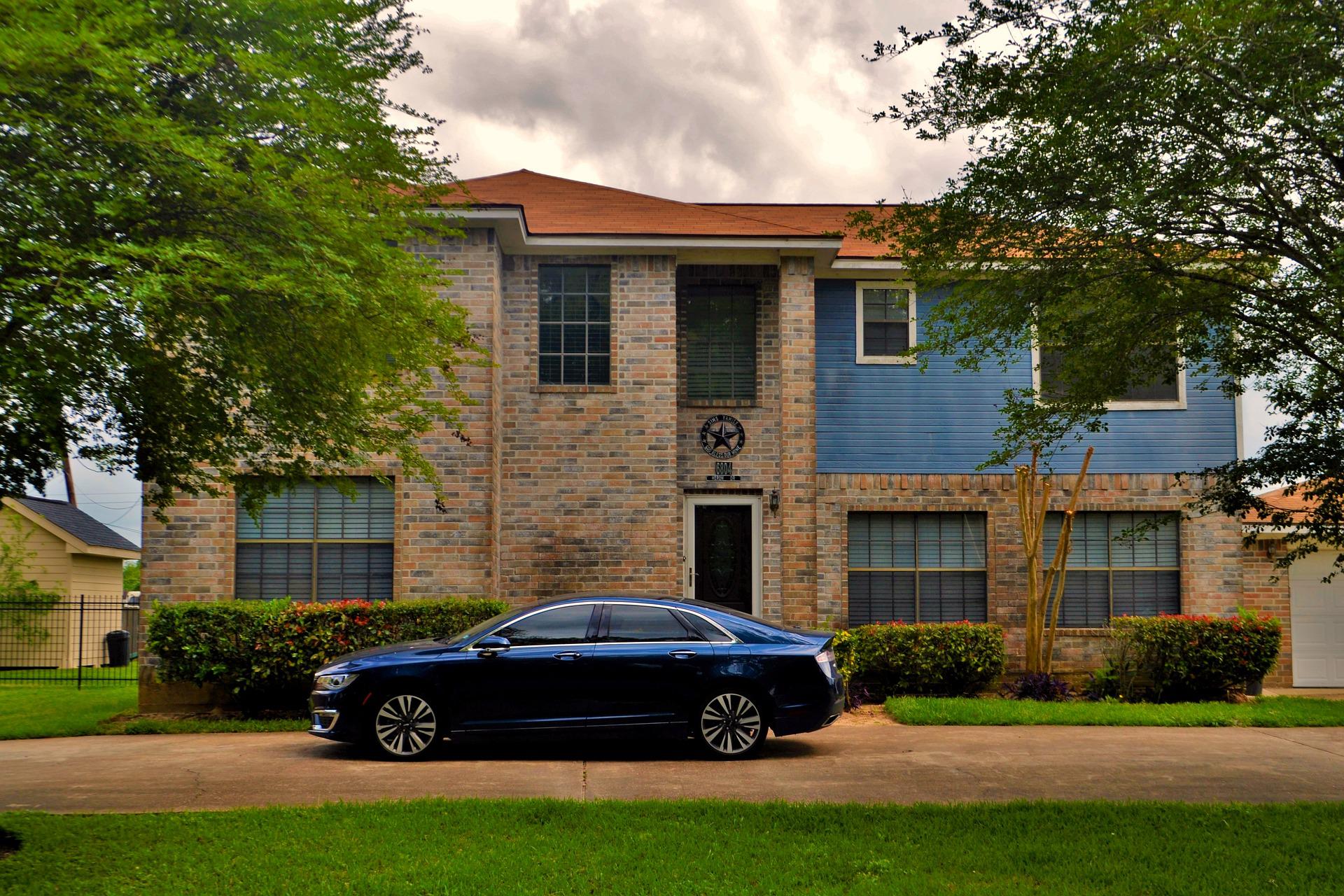
Bricks in construction industries are used for several purposes such as stonemasonry, decorative works on buildings, etc. Sand Lime Bricks are used for multiple purposes in construction industries such as ornamental works in homes, masonry works, and more. Sand Lime Bricks are grey coloured, not reddish as compared to Burnt Clay Bricks. Sand lime bricks are used more commonly for foundations and structural walls, exposed bricks and columns, and, when coloured, ornamental uses. Made using a mix of sand, lime, and perhaps pigments to change the end appearance of the brick, sand-lime bricks have high compression strengths, which is why they are a common choice for load-bearing walls in houses and multistory buildings.
As their name suggests, concrete bricks are the structural engineers’ favourite due to their high compressional strength and density, perfect qualities to be used as a load-bearing material. Engineering bricks are not the most aesthetic bricks, which is why they are not used as much as clay or concrete bricks for the outside walls on a residential property. Engineering bricks are typically used in the building of basements because they are resistant to dampness and water damage.
Engineering bricks are more often used for basements, which is because, in those areas, there is quite a lot of exposure to chemicals or water. Grade-A Engineering Bricks are used in some situations as damp-resistant course bricks. Engineering bricks are also extremely low in porousness and are used in places such as storm drains, retention walls, storm drains, the foundation works, and subterranean tunnels, where resistance to water and frost is critical.
Because of the durability of concrete bricks, cement bricks can be used for nearly every kind of building, except for the ground, as they are generally very porous. They are traditionally used for interior walling but are most commonly used for external works, such as facades and fencing, to give a modern or urban aesthetic. Typically used in interior brickwork, or for exteriors and fences, sun-dried clay bricks are made of durable cement. Professionals can produce Sun-dried clay bricks on-site using a standard mixture of one part cement, two parts sand, and four parts aggregate. Choose a stronger cement brick if it is going to be used for foundations, with a modified mix of one part cement, three parts sand, and six parts aggregates.
Concrete bricks, on the other hand, are made of a mix of cement, sand, aggregates, additives, and water, typically used as structural masonry blocks, tested for required properties, but may also be used for exterior walls. They are similar to concrete blocks but made with a mix of powdered Portland cement, water, sand, and gravel.

Bricks are manufactured by moulding, or they may be manufactured commercially by the wire-and-slice manufacturing process. As their name suggests, these bricks are made by placing moist, formed clay in a furnace, and then firing it.
Soft clay bricks are made by dropping the clay into a mould coated in sand, producing a smoothed-out surface with small cracks. Water-struck bricks are made in very similar ways to soft mud bricks, but the moulding process does not use sand, only water, meaning that the surface of the brick is much less gritty.
Clay can be mixed with cement, ash, or different chemicals to alter the composition of the bricks for desired qualities. Brick makers make the Sun-Dried Brick making process in 3 easy steps which are preparing the clay, shaping, and lastly, Sun-drying.
Sun-dried bricks are generally not used in permanent structures because they lack reliable durability over a long period. Not only are non-burnt bricks less durable than most types of brick used in masonry buildings, but they are also less resistant to water damage and fire. Called unburnt bricks, they are some of the earliest examples of bricks, and this type of brick is not burned in furnaces, instead of being dried out in the sun to set. Burnt bricks offered high heat resistance and were used for furnaces, fireplaces, and linings of a furnace.
Among brick types used today, concrete blocks are stronger and able to withstand heavier loads than all types of brick. Today, various types of bricks are used in buildings, depending upon the raw materials used for them, such as cement, lime, fly ash, and more. Today, bricks are used for various purposes such as building houses, building walls, being the decorative surface for external walls, etc. This grade of bricks is used as aggregate in cement for foundations, roads, floors, and more. Owing to their compact construction, these bricks are sometimes found stronger than grade one bricks.
Sometimes walls must be insulated before bricks are added, but there are cases when the properties of the materials can be exploited, for instance, by the higher thermal mass of the clay-based, hard bricks. Using exposed bricks as the finish, with just a thin coat of a moisture-repellent substance like a sealant, resin, or acrylic, is a common choice with these types of materials, and sometimes brick finishes do not need to involve using whole bricks; masonry shingles provide an excellent alternative.
DIYers need to remember that these plain clay bricks, dried by the sun, are the weakest and least durable brick types, so should never be used as load-bearing support or foundation. Sun-dried bricks are a cheaper, more cost-effective alternative for structures that need only temporary standing. Made from grade C or grade F fly ash, quicklime, cement, aluminium powder, plaster, and water, sun-dried clay bricks promote reuse and decrease toxic metals released to the environment.
